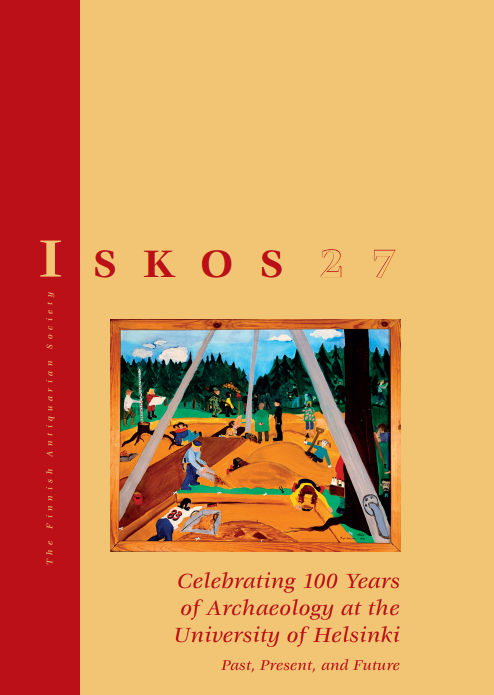Professor Carl Fredrik Meinander and a vision of modern archaeology
Abstract
Carl Fredrik Meinander (6 October 1916–23 August 2004) was professor in Finnish and Scandinavian Archaeology at the University of Helsinki in 1970–1982. In 1934 he enrolled to study archaeology under Professor A.M. Tallgren, who introduced him to the Bronze Age and the Montelian typological classification. Professor Aarne Äyräpää guided him to the Neolithic Stone Age. Meinander started working in the 1930s for the State Archaeological Commission in various capacities, acquiring a strong familiarity with field work and find material. He also served in between his archaeological career in WWII. He defended and published his doctoral dissertation in 1954 on Finland’s Bronze Age. He also published that year a monograph on the Late Neolithic Kiukainen culture that preceded the Bronze Age. His interests in the transitional features of cultural continuity then became clearly visible. He was appointed Docent/Associate Professor in 1955 and developed into a fine lecturer liked by his students. He had already participated in the 1960s in the computerisation of antiquities and the evaluation of the radiocarbon dating method. The culture-historical and migrationist approaches had been globally criticised since the late 1960s when the New Archaeology opened a vision for the development of cultural continuity with inherent features. As a professor, Meinander extended his studies to the Iron Age, especially to its society. Meinander found ‘a missing link’ at the Pre-Roman Iron Age site of Dåvits in Espoo for further evidence of the cultural continuity from the Bronze Age to the Iron Age in Finland. The Continuation theory concerning the occupation of the Finno-Ugric people from the Neolithic typical Combed Ware culture, promoted by Meinander, became accepted by various disciplines in 1980, a few years before his retirement.




